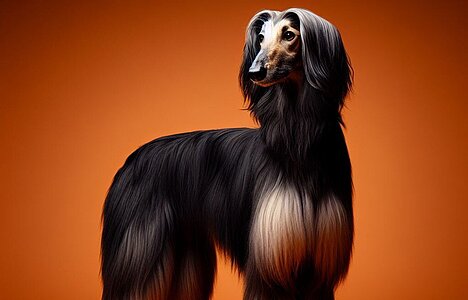The coat pattern "Dotted / speckled"

How to recognize the spotted / speckled coat pattern in dogs
Do you love dogs and are fascinated by their diversity? Then you've probably noticed a coat pattern that is particularly striking: spotted / speckled. This pattern consists of small, round or irregular spots that are distributed over the entire coat or only on certain parts of the body. But how does this pattern develop and which dog breeds have it? This article will tell you everything you need to know about it.
The genetics behind the pattern
The spotted / speckled coat pattern is caused by a gene called merle. This gene influences the pigmentation of the coat and ensures that some hairs are lighter or darker than others. The result is a pattern called blue, red, black or brown, depending on the color of the coat. The merle gene is dominant, meaning that a dog only needs to inherit one copy of it to show the pattern. However, the gene can also lead to health problems if a dog inherits two copies of it. Such dogs are known as double merles and can be deaf or blind, among other things.
The breeds with the pattern
The spotted / speckled coat pattern is found in many different dog breeds. Some of the best known are:
- Australian Shepherd: These herding dogs often have a blue or red merle pattern combined with white or copper-colored markings. They are intelligent, active and loyal.
- Dalmatian: These elegant dogs have a black or brown merle pattern on a white background. They are friendly, playful and alert.
- Catahoula Leopard Dog: These robust dogs have a merle pattern in various colors, often with a blue shimmer. They are brave, independent and willing to work.
- Cardigan Welsh Corgi: These cute dogs have a blue or red merle pattern with white markings. They are cheerful, affectionate and smart.
The care of the pattern
The spotted / speckled coat pattern is not only beautiful to look at, but also easy to care for. Most dogs with this pattern have short to medium-length coats, which should be brushed regularly. You should make sure that you do not cause any skin irritation, as the merle gene sometimes also affects skin pigmentation. You should also check your dog's eyes and ears to detect any signs of deafness or blindness.





